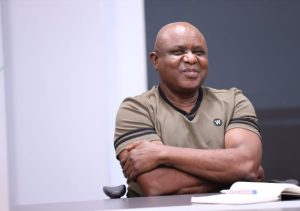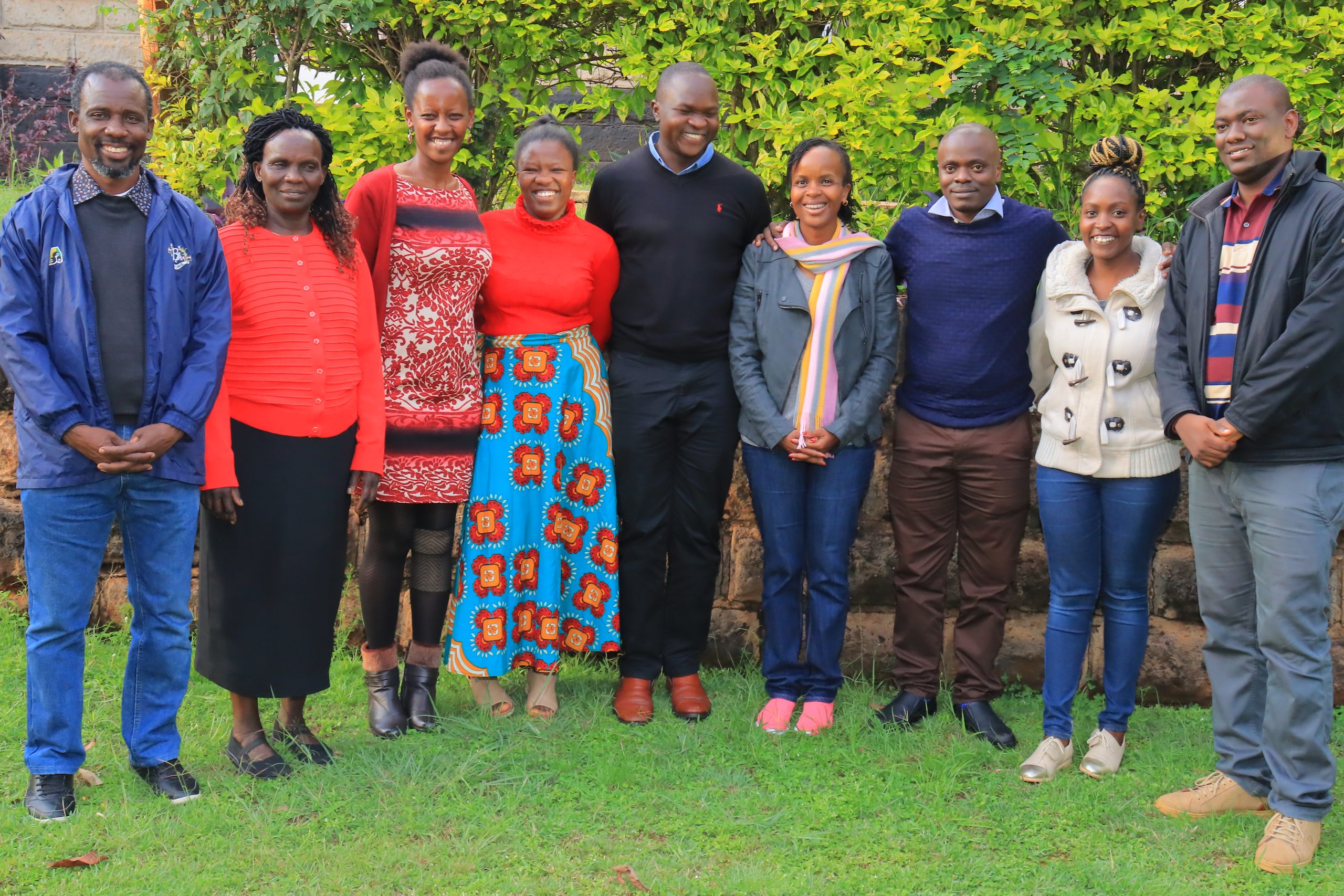By James Osolo.
Yesterday, CORD was in Meru, and they received quiet a good welcome, though all this depends on which side of your bread is buttered. At the same time, there was another activity in Narok, where Rutto’s Chama cha Mashinani received a big wig. All these, of course are expected but there is something. There are these areas called Swing Areas, which are deemed to have undecided voters. So, will they determine the outcome of elections?
Elections are won on three days. Forget about the campaigns and all the noise that politicians make. The election is won on the voter registration days, voting day and during the counting of the votes. The person who will invest heavily and remain active during those moments will ultimately emerge the winner.
The election madness season is about to begin and the more things change the more they remain the same. Let’s start from here, Kenyans are likely to vote the same way they voted in the previous elections. It is very hard to change Election Patterns. This brings to light the need to clean up the Voter Register, to enable
On the just concluded voter registration, the IEBC managed to register 3,782,089 votes but that’s not the real story. The story is the distribution of the votes among the regions and alliances. As per now, we have two large coalition or parties that are Jubilee and National Super Alliance (NASA). During the voter registration, the parties tried to register as many people as possible to have an advantage over the other. The party leaders camped in their basses trying to convince their supports to register as voters.
The country is currently divided in the NASA and Jubilee strongholds and then there are the swing counties which the two parties either share equally or they have a very minimal difference in support. The jubilee strongholds include counties in the former Muranga, Nyeri, Meru, Uasin Gishu, Nandi, Elgeyo marakwet, Baringo etc while NASA strongholds are Homa Bay, Kisumu, Kakamega, Machakos, Kitui, Makueni, Mombasa, and Kilifi etc.
According to voter numbers released by IEBC recently the counties that president Kenyatta won during the last election registered 1,482,437 while the counties which the opposition won the majority registered 1,434,632 which is roughly a difference of 50,000 votes then there are the swing counties which can go either way, which registered 789730 votes.
This means that the NASA and Jubilee zones are in a virtual tie and the winner of the presidential election will be determined by the swing counties. The swing counties mostly are the marginalized areas such Mandera, Turkana, Narok, Lamu, Kajiado etc. These are the people who have been left out in most of the government position and infrastructure development and this time round they have the opportunity to elect the president.
The politicians will have to traverse all the swing counties like Lamu and Garissa to ensure that they have their votes, unlike the previous election where such like areas were not seen as important and most politicians just ignored them.
This will in a way help reduce the ethnic tension in the nation since whoever will win in August won’t win squarely because of the support of his tribes’ men but he’ll be elected by the majority of the nation especially the most marginalized areas.
So come August the coalition which will win the election will be the one which will have the best get out and vote strategy and the one which will invest effectively and efficiently in the battleground counties.
So, let the politics of swing regions begin.










